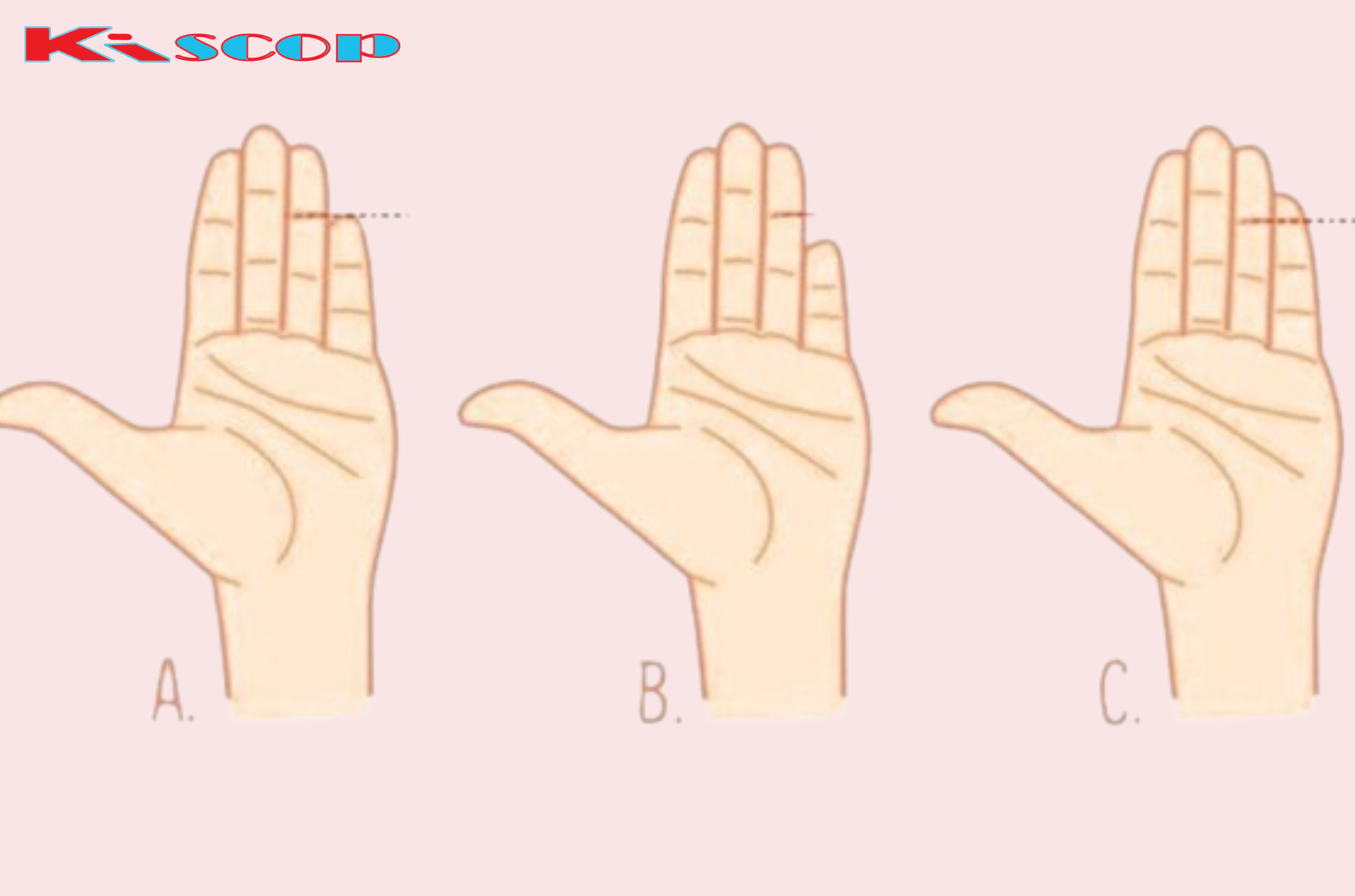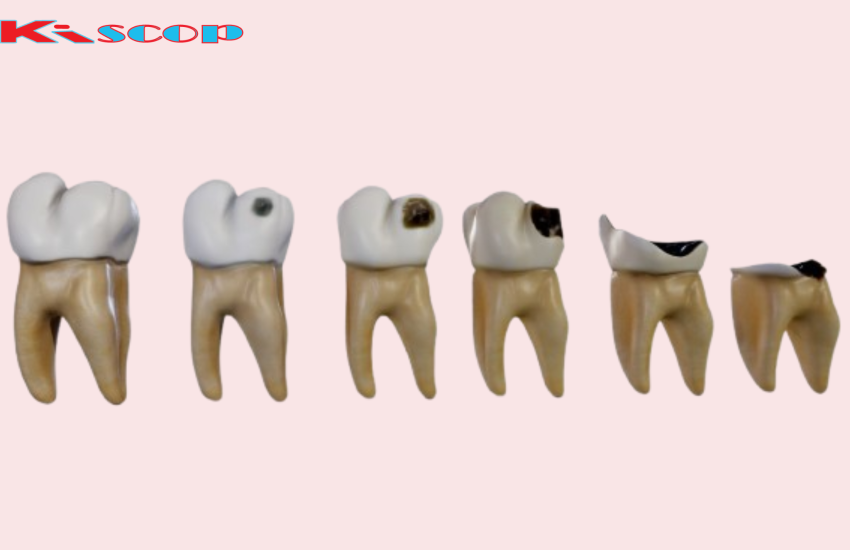Your Little Finger Can Tell a Lot: What Your Pinky Reveals About Your Health
The little finger, also known as the pinky, might seem like the least significant of your digits, but it can actually reveal quite a bit about your health. From its length and shape to how it moves and functions, your pinky finger can provide insights into your genetic traits, bone health, and even certain medical conditions. Here’s what your little finger might be telling you about your health.
1. Length and Proportion: Genetic Traits and Personality
The length of your little finger relative to your other fingers can offer clues about your genetic background and even personality traits. In palmistry and some cultural beliefs, the pinky’s length is associated with different characteristics:
- Short Little Finger: A pinky that doesn’t reach the top joint of the ring finger might be an indication of a genetic trait. Some people believe that a shorter pinky is linked to introversion or shyness, though there’s no scientific evidence to support this claim.
- Long Little Finger: If your pinky extends beyond the top joint of your ring finger, it may suggest a strong personality, with traits like leadership and eloquence. Again, these interpretations are more cultural than scientific.
While these beliefs are more folklore than fact, the length of your pinky finger is primarily determined by genetics. However, any significant changes in the length or shape of your finger could indicate an underlying health issue, such as a hormonal imbalance.
2. Flexibility and Range of Motion: Joint Health
The flexibility and range of motion in your pinky finger can be a reflection of your overall joint health. If you experience stiffness or difficulty moving your pinky, it could be a sign of arthritis or other joint-related conditions.
- Stiffness or Rigidity: Stiffness in the pinky, especially if it’s accompanied by pain or swelling, could indicate osteoarthritis, a condition that results from the wear and tear of cartilage in the joints. Rheumatoid arthritis, an autoimmune disease, can also cause stiffness in the pinky, as well as other fingers.
- Limited Range of Motion: If your pinky can’t fully extend or bend, this could be due to conditions like Dupuytren’s contracture, a hand deformity that affects the connective tissue under the skin of the palm and fingers. This condition typically progresses slowly, causing one or more fingers to curl inward toward the palm.
If you notice changes in how your pinky moves, it’s important to consult a healthcare professional, especially if these changes are accompanied by pain or other symptoms.
3. Nail Health: Indicators of Nutrient Deficiencies and Diseases
The nails on your pinky finger, like those on your other fingers, can reveal a lot about your overall health. Changes in the color, texture, and shape of your nails can indicate nutrient deficiencies or underlying health conditions.
- Pale or White Nails: If your pinky nail (or any nail) appears pale or white, it could be a sign of anemia or a lack of essential nutrients like iron. In more serious cases, white nails can be an indicator of liver disease or heart failure.
- Ridges or Pitting: Vertical ridges are common as people age and are usually harmless, but deep horizontal ridges (known as Beau’s lines) can be a sign of malnutrition or a serious underlying condition like diabetes. Pitting, or small depressions in the nail, may be associated with psoriasis or alopecia areata, an autoimmune disorder that causes hair loss.
- Yellowing Nails: Yellow nails can be a sign of a fungal infection, which is more common in toenails but can also affect fingernails. Persistent yellowing may also indicate a more serious condition like lung disease or diabetes.
If you notice significant changes in the appearance of your pinky nail, it’s a good idea to consult a healthcare provider for a thorough evaluation.
4. Tingling or Numbness: Nerve Health
Tingling or numbness in the pinky finger can be a sign of nerve issues. The ulnar nerve, which runs from the neck to the hand, controls sensation in the pinky and half of the ring finger.
- Cubital Tunnel Syndrome: This condition occurs when the ulnar nerve becomes compressed, often due to prolonged pressure or repetitive motion. Symptoms include tingling, numbness, and sometimes pain in the pinky and ring finger. It’s similar to carpal tunnel syndrome but affects a different nerve.
- Peripheral Neuropathy: This condition, often caused by diabetes or other systemic illnesses, affects the peripheral nerves and can lead to tingling, numbness, or weakness in the pinky and other fingers.
If you experience persistent tingling or numbness in your pinky, it’s important to seek medical advice, as these symptoms could indicate an underlying nerve condition that may require treatment.
5. Swelling or Deformities: Signs of Trauma or Infection
Swelling or deformities in the pinky finger can result from injury, infection, or chronic conditions like arthritis.
- Trauma: A jammed or fractured pinky can lead to immediate swelling, pain, and sometimes deformity. If you’ve recently injured your pinky and notice significant swelling or a change in shape, it’s essential to seek medical attention to rule out a fracture or ligament damage.
- Infection: If your pinky becomes swollen, red, and warm to the touch, it could be a sign of an infection, such as a felon or paronychia. These infections can be caused by bacteria entering the skin through a small cut or hangnail and can lead to abscess formation if not treated promptly.
- Chronic Conditions: Conditions like rheumatoid arthritis can cause deformities in the pinky, such as a bent or twisted appearance. These deformities often develop over time and can be accompanied by other symptoms like joint pain and stiffness.
6. Clubbed Fingers: Indicator of Lung and Heart Issues
Clubbed fingers refer to a condition where the tips of the fingers, including the pinky, become enlarged and the nails curve around the fingertips. This can be a sign of chronic low oxygen levels in the blood.
- Lung Disease: Clubbing is often associated with lung diseases like chronic obstructive pulmonary disease (COPD), lung cancer, or pulmonary fibrosis.
- Heart Disease: It can also be a sign of heart conditions, particularly those that affect the heart’s ability to pump oxygenated blood effectively.
If you notice that your pinky or other fingers appear clubbed, it’s important to consult a healthcare provider for a thorough evaluation, as this can be a sign of serious underlying conditions.
Conclusion
Your little finger may be small, but it can provide valuable insights into your overall health. From the length and flexibility to the condition of your nails and the presence of any unusual sensations or deformities, your pinky can serve as an early warning system for various health issues. Paying attention to these signs and seeking medical advice when necessary can help you address potential problems early on and maintain your overall well-being. So, the next time you look at your pinky, remember that it might be telling you more about your health than you realize.



